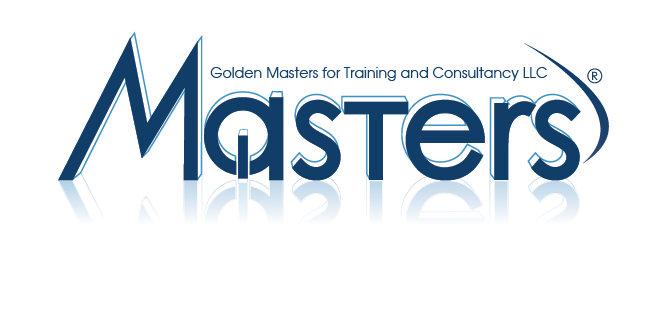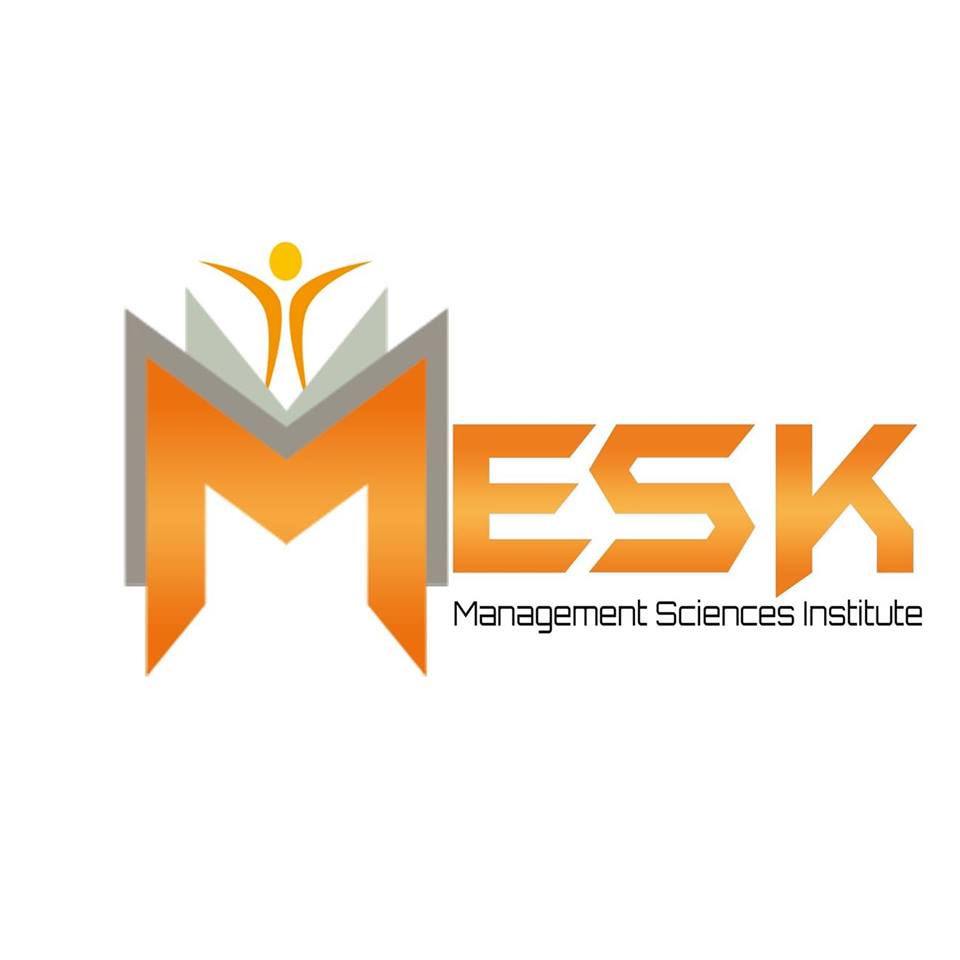Course Description
Process equipment and piping systems constitute the major portion of plant assets and their integrity and reliability are essential for plant availability and performance.
Many process equipment and piping systems are subjected to hazardous service conditions and damage mechanisms which, if not adequately monitored and assessed, could result in major failures with consequential significant injuries and business losses.
It is essential to inspect the process equipment and piping system to detect any damage, characterize it, and assess its impact on the equipment integrity. With so many pieces of equipment and extensive piping systems and networks, it is obviously impossible to inspect totally every piece of equipment or piping in a plant. Therefore, an approach based on criticality, i.e. risk-based, taking into consideration the damage mechanisms and failure risk must be taken.
Course Objective:
The key objectives of this comprehensive course are as follows:
- To increase the participants awareness and understanding that the mechanical integrity of process equipment depends jointly on the proper design, operation, condition assessment, and maintenance of the equipment.
- To provide the participants with a clear understanding of the degradation mechanisms that process equipment could be subjected to over their operating life, how to identify them, predict and determine their impact, and what appropriate measures can be taken to prevent and control the resultant damage.
- To provide the participants with the knowledge and failure analysis skills they need to conduct damage and failure analysis so as to prevent similar failures from happening.
Course Certificate:
Masters Consultant certificate will be issued to all attendees completing minimum of 75% of the total tuition hours of the course.
Course Outline:
1. DAY 1
– FAILURE MECHANICS
1.1. WEAR & FAILURE MECHANISMS
1.1.1. IMPERFECTIONS AND DEFECTS
1.1.2. CORROSION MECHANISMS
1.2. FAILURE MODES
1.2.1. FATIGUE
1.2.2. FRETTING
1.2.3. CREEP & THERMAL FATIGUE,
1.2.4. STRESS CORROSION CRACKING, OTHER MODES
1.3. MATERIAL PROPERTIES, AND SELECTION
1.3.1. CARBON & ALLOY STEELS
1.3.2. NICKEL, TITANIUM, AND SPECIALTY ALLOYS.
1.3.3. ALUMINUM, ALUMINUM ALLOYS.
1.3.4. COPPER, COPPER ALLOYS.
1.3.5. PLASTIC PIPING.
1.3.6. ALTERNATIVE OPTIONS-LININGS, CLADDING.
1.3.7. LIMITATIONS AND SAFEGUARDS.
1.3.8. MATERIAL SELECTION - ECONOMICS-LIFE CYCLE COSTING.
2. DAY 2
- FAILURE PREVENTION BY DESIGN
2.1. FAILURE CAUSES – DESIGN, OPERATION; MAINTENANCE, OTHER CAUSES
2.2. MATERIAL PROPERTIES, AND SELECTION.
2.2.1. PHYSICAL PROPERTIES AND LIMITATIONS OF COMPONENTS
2.2.2. PHYSICAL PROPERTIES OF STEEL AND ALLOY PIPING AND TUBING
2.2.3. PHYSICAL PROPERTIES OF FITTINGS
2.3. BASIC DESIGN
2.3.1. PRESSURE VESSELS
2.3.2. PIPING SYSTEMS
2.3.3. LIQUID STORAGE TANKS
2.4. OPERATION AND MAINTENANCE OF PROCESS EQUIPMENT
2.5. DAMAGE MECHANISMS AFFECTING PROCESS EQUIPMENT
3. DAY 3
- PROCESS EQUIPMENT FAILURES
3.1. FAILURES IN PRESSURE VESSELS, PIPING AND BOILERS
3.1.1. STRENGTH REDUCTION THROUGH MATERIAL LOSS
3.1.2. CASE HISTORIES
3.2. PIPING SYSTEM VIBRATION
3.2.1. MECHANICAL & FLOW INDUCED RESONANCE
3.2.2. TRANSIENT HYDRAULIC PULSATION
3.2.3. PIPE SUPPORTS AND RESTRAINTS
3.2.4. WIND LOADING
3.3. INDUSTRY PRACTICES FOR FAILURE PREVENTION
4. DAY 4
– INSPECTION, ASSESSMENT AND MAINTENANCE
4.1. INSPECTION STRATEGIES PLANS AND PROCEDURES – RISK BASED INSPECTION (API 580)
4.1.1. DEVELOPING AN RBI PLAN.
4.1.2. FITNESS-FOR-SERVICE ASSESSMENT (API 579).
4.2. NDT METHODS AND TECHNIQUES.
4.2.1. PROBABILITY OF DETECTION.
4.2.2. DAMAGE CHARACTERIZATION.
4.2.3. SELECTING THE CORRECT TECHNIQUE(S).
4.3. PIGGING OF PIPELINES.
4.3.1. SMART PIGGING.
4.3.2. CLEANING.
4.3.3. OPERATIONAL PROCEDURES.
5. DAY 5
– OPERATION AND MAINTENANCE
5.1. MAINTENANCE PROGRAMS
5.2. REPAIR AND ALTERATION OF PRESSURE EQUIPMENT AND PIPING
5.2.1. RERATING PIPING AND PRESSURE VESSELS.
5.2.2. ESTIMATION OF CONSEQUENCES OF PRESSURE VESSELS AND PIPING FAILURES.
5.3. FAILURE ANALYSIS TECHNIQUES.





